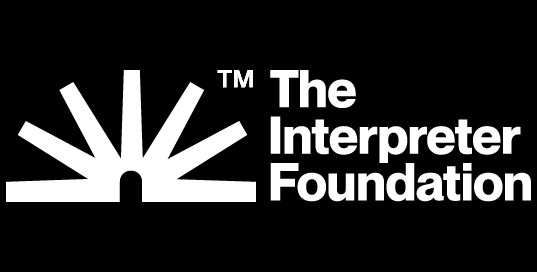Bicentennial Proclamation to the World
In the April 2020 general conference, President Russell M. Nelson shared a “proclamation” to all the world, titled, The Restoration of the Fulness of the Gospel of Jesus Christ. This one-page proclamation is found on the Church website, at https://www.churchofjesuschrist.org/study/scriptures/the-restoration-of-the-fulness-of-the-gospel-of-jesus-christ/a-bicentennial-proclamation-to-the-world?lang=eng#title1
Many declarations, statements, testimonies, instructions, and so forth have been shared by Church leaders through the years, but only six are considered official proclamations issued by the First Presidency and/or the Quorum of the Twelve Apostles (these being in the years 1841, 1845, 1865, 1980, 1995, and 2020); for more information on each, see the online version of the December 2021 Liahona magazine, at https://www.churchofjesuschrist.org/study/liahona/2021/12/digital-only/what-we-learn-from-the-proclamations-of-the-restoration?lang=eng
As an introduction to our study of the Doctrine and Covenants (and of Joseph Smith—History and The Articles of Faith), consider the following in regard to the 2020 proclamation:
- Note below the topics addressed in this inspired document. Consider, why do you think our living prophets and apostles put these topics in this order?
- The first coming of Jesus Christ, including His atonement (paragraph 1).
- Joseph Smith and the First Vision (paragraphs 2-3).
- The latter-day restoration of priesthood authority (paragraph 4).
- The coming forth of the Book of Mormon (paragraph 5).
- The restoration of the gospel and of the Church of Jesus Christ (paragraphs 6-8).
- Their testimony, plus an invitation to all to gain their own testimony (paragraph 9).
- Preparation for the Second Coming of Jesus Christ (the last part of paragraph 9).
- Look for the first three or four words that are used to begin each paragraph (except paragraphs 2 and 7); starting with “We solemnly proclaim” in paragraph 1. What do you learn or feel as you consider these words?
- As you carefully read through this proclamation, what phrases or sentences stand out the most for you? Why?
- In the final paragraph, our inspired leaders testified of two powerful truths, then invite all to gain this same knowledge. They testified that “those who prayerfully study the message of the Restoration and act in faith will be blessed to gain their own witness….”
- Ponder your own witness and testimony of the “divinity” of the latter-day restoration of the gospel of Jesus Christ.
- How does your personal witness affect your daily life?
- How might you further strengthen your testimony?
Introductory Helps for the Doctrine and Covenants
The Title Page of the Doctrine and Covenants states that it contains “revelations given to Joseph Smith, the Prophet, with some additions by his successors in the presidency of the Church.” These revelations include messages from God given through the Urim and Thummim, as well as other inspired communications in the form of thoughts, feelings, letters, visions, prophecies, prayers, visitations, minutes, teachings, and so forth.
The “additions” mentioned on the Title Page include Sections 135 (John Taylor), 136 (Brigham Young), 138 (Joseph F. Smith), Official Declaration—1 (Wilford Woodruff), and Official Declaration-2 (Spencer W. Kimball). This pattern has continued throughout this dispensation, although not all revelations are recorded in the Church’s standard works of scripture. President Spencer W. Kimball declared, “We testify to the world that revelation continues and that the vaults and files of the Church contain these revelations which come month to month and day to day” (Ensign, May 1977, p. 78).
Consider some of the key statements from the Introduction:
- “The Doctrine and Covenants is a collection of divine revelations and inspired declarations given for the establishment and regulation of the kingdom of God on the earth in the last days” (Paragraph 1).
- “The messages, warnings, and exhortations are for the benefit of all mankind and contain an invitation to all people everywhere to hear the voice of the Lord, Jesus Christ” (Paragraph 1).
- “These sacred revelations were received in answer to prayer, in times of need, and came out of real-life situations involving real people” (Paragraph 6).
- “In the revelations one hears the tender but firm voice of the Lord Jesus Christ … and the work that is initiated herein is preparatory to His Second Coming” (Paragraph 3).
- What other parts of the Introduction seem particularly significant to you?
In August 1831, after receiving what is now Section 63 of the Doctrine and Covenants, the Prophet Joseph Smith recorded, “In these infant days of the Church, there was a great anxiety to obtain the word of the Lord upon every subject that in any way concerned our salvation” (History of the Church, 1:207).
In our day, we are blessed to possess this same sought-after word of the Lord. Just as the earlier Saints, may we appropriately approach this year’s study with “a great anxiety” to learn more about the Lord’s latter-day revelations related to our own eternal salvation.


